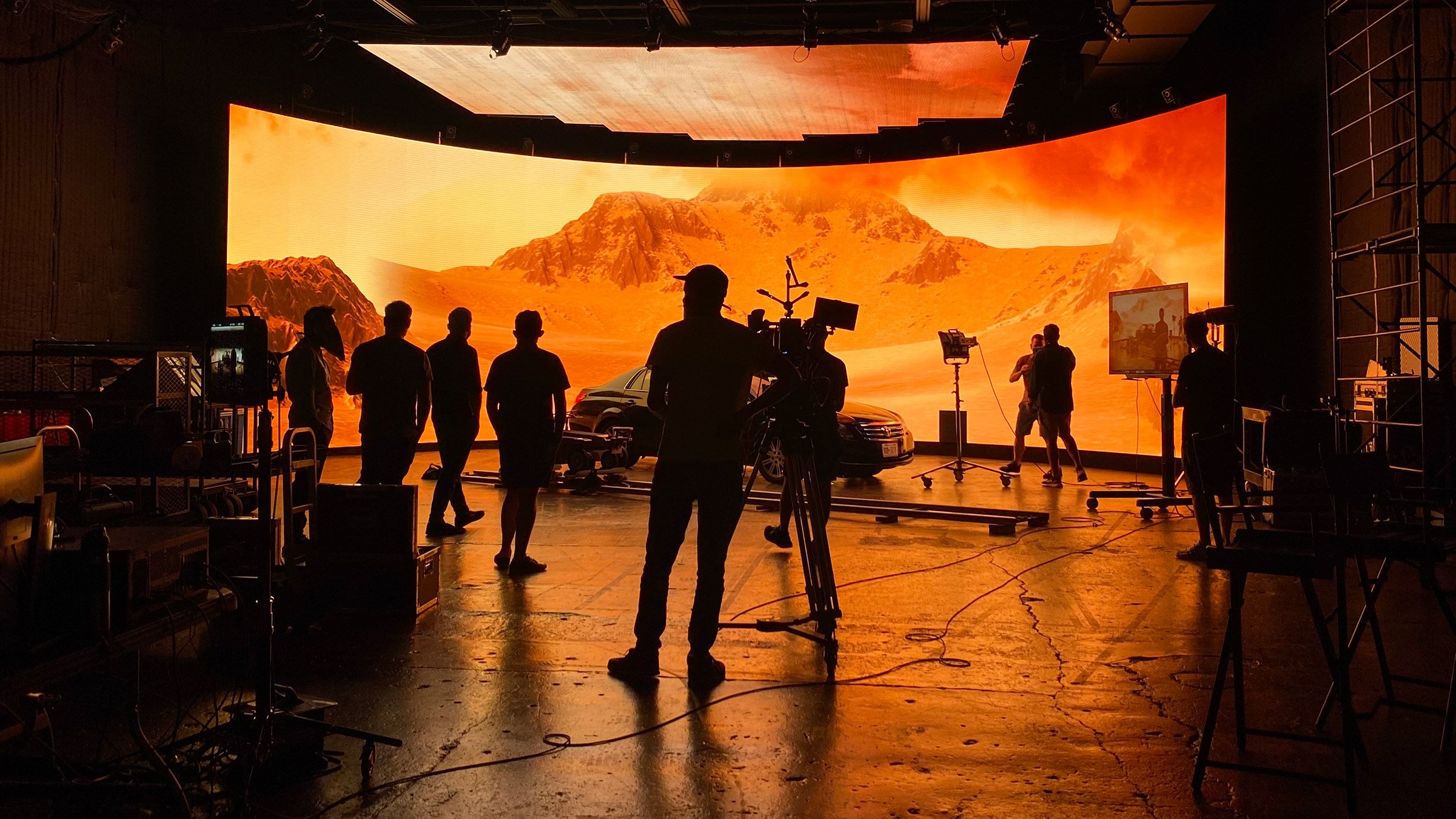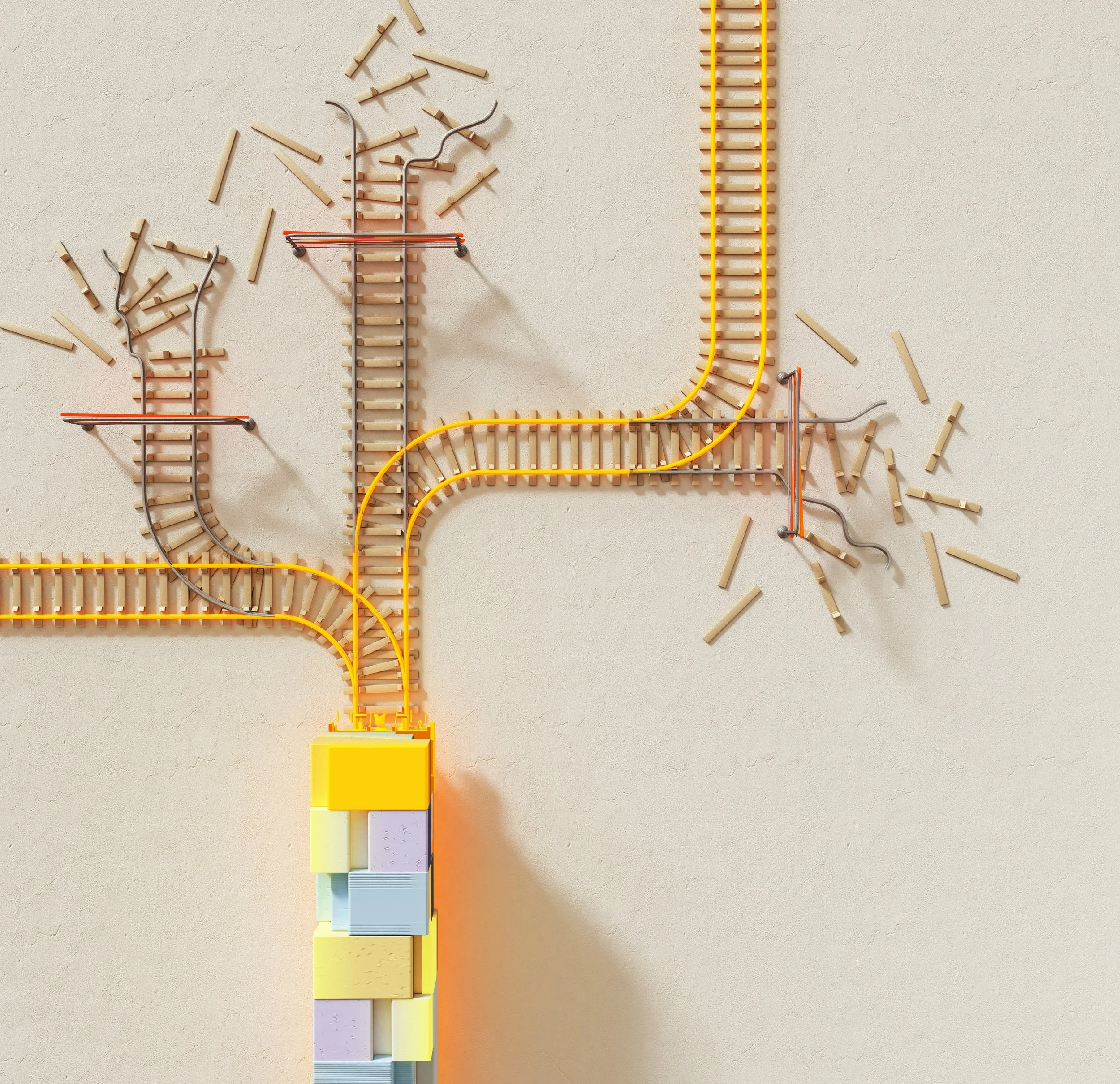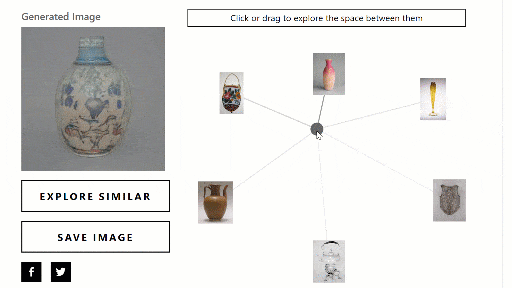On Monday, the headlines were ablaze with President Biden’s executive order addressing safe, secure, and trustworthy Artificial Intelligence. At 111 pages, the order offers a breadth of policy frameworks and standards creation that affect government operations and industry reporting. However, several areas of note have a direct potential impact on the work of artists and arts organizations: Watermarks of content authenticity, Copyright, and Labor.
October's News: Regulation, Disinformation, and Leveraging the Metaverse
Exploring the Feasibility of AI Music Therapy
TikTok: Opportunity and Risk
The latest controversies surrounding TikTok are no secret: Biased algorithms, censored content, & intensive personal data collection to name a few. But how exactly are these controversies posing risks for users, and why should those involved in the arts industry care? Buckle in (especially YOU, arts marketers) because this may potentially change the future of social media and marketing moving forward.
TikTok Testimonies
The writing in this article is mainly based on opinion as I interpret the coverage of the testimony. The following commentary on the testimonies with links to the testimonies and relevant coverage. There are many, often heated, opinions on this topic and the hearing. Rather than simply explaining the facts of what occurred, for many people already know what occurred and I found it more beneficial to express my opinions on the case.
AI and Virtual Production: The Past Meets the Future
Technology has played a critical role in the film industry since its inception. Advances in the film industry are always closely related to technological advances in society, integrating them quickly into the filmmaking process. Almost every aspect of filmmaking, from pre-production to post-production, from digital cameras, editing software, sound and music, distribution, exhibition, and of course, special effects, has undergone major changes and has evolved over the last 190 years.
Contemporary, traditional film production involves building physical sets, scouting locations, and coordinating large crews and equipment, all of which can be time-consuming and expensive. To overcome some of these "problems" or “needs” was born what we know today as Virtual Production. Virtual production has and will be further enhanced by the opportunities afforded by artificial intelligence.
Artificial Intelligence Can Change the Game for Artists and Organizations
The successful future of the arts and arts organizations will include artificial intelligence (AI). Artificial intelligence operates in many spheres, from generative AI, including OpenAI’s ChatGPT, DALLe or VALLe, or OtterAI’s transcription tools to robots cleaning offices to machine learning algorithms. While the opportunities seem both endless and perhaps intimidating, strategic application of these tools can make a significant difference.
How AI Is Used in Video Games: The Sims 4 and Red Dead Redemption 2
Artificial intelligence (AI) has been fundamental since the 1950s in game design and development, but a subset of AI called generative artificial intelligence (GenAI) is now deployed in nearly all video games to create clever, responsive, or adaptive behaviors. This article examines the unique cases of Generative AI in 2 incredibly popular video games: The Sims 4 and Red Dead Redemption.
TBT: Art and AI
In late August, Jason Allen's AI-generated artwork "Théâtre D'opéra Spatial" took first place in the digital category at the Colorado State Fair. One critic called it "the death of artistry." But others, like Shelly Palmer, say if he crossed a line, "we’ve been walking up to the edge for decades." Allen himself believes AI-generated art will eventually become its own category.
Today, we're looking back at some of the ways AI has been incorporated into the visual arts realm.
Arts Organizations & Using the AI Stack
Carnegie Mellon University (CMU) was ranked number one in 2022 for Artificial Intelligence Programs by U.S. News and World Report. Incorporating CMU’s AI lessons is critical for all industries but particularly those that are historically considered to be “non-technical fields.” Within these fields, the ones who thrive will be those who incorporate at least the lower levels of the stack, namely data management, but an understanding of each layer of the stack will provide industries with a road map to understand how they can increase the efficiency and output of their organization’s business processes.
In the News: July 2022
July has been a whirlwind of a month at the intersection of art and technology. From possible successful legislation on data privacy in the US, to the Italian government putting its foot down on NFT sales, or just an AI making uncanny valley art that is starting to get a little too real, a lot has happened in the world. The spread of articles below give a glimpse into a small portion of the interesting events that have occurred this month!
How Technology Facilitates Culture Heritage Restoration and Preservation
This article presented projects and examples that have exemplified great progress in cultural heritage preservation. As these technologies continue to develop and experts in the field become more knowledgable and adept at using these technologies, there is a positive prospect that continually enhancing technologies will deliver further achievement in cultural heritage preservation and digitalization by human inventions and under human supervision.
The Necessary Diversification of Pervasive Recommendation Algorithms
Artificial intelligence in the arts is growing increasingly more complex. It is 2022, and robots are co-creating art, NFTs are celebrating and confusing art consumers around the world, and at least 85% of Americans have smartphones that give immediate access to endless amounts of streaming content. However, AI has flaws. This article covers the recommendation algorithms built to support content delivery for this majority, their cultural implications, and bias control.
Living in a Deepfake World
Deepfakes, or AI-generated synthetic media, are becoming increasingly prominent in the digital age and are being used across industries more frequently than ever before. Unlike common uses of AI that modify existing media given, AI that generate Deepfakes attempt to simulate that media, often using an individual’s likeness as a source of AI learning. Deepfakes can be a fun experiment for swapping faces, but they present a wide variety of malicious uses that has permanently altered the trust and engagement of media. Thus, society must continue to challenge the validity of sources and find new ways to protect media and the truth.
Opportunity or Challenge? Artificial Intelligence for Museum Audience Engagement
To improve museum operations, museum management is increasingly taking advantage of artificial intelligence (AI) technology to understand their collection data, their visitors, and their exhibitions. Audience engagement is one of the most significant factors that museums need to consider in their operations: it is an implicit element that connects people to collections and should be achieved based on a deep understanding of visitors, collections, and exhibitions. Within the past few years, AI technologies have shown their potential to bring previously inaccessible insights to museums based in three main areas: machine learning, chatbots, and neural networks.
Preserving AI-Powered Art as Time-Based Media and Computer-Based Art
As innovation with using artificial intelligence in art making continues, museums’ conservation practices must also evolve. Continuing my research on AI art preservation, this article will narrow down the subjects to AI-powered art since it deviates further from what traditional conservation practices apply to. Unlike static digital artworks printed on canvas, AI-powered art always has temporal attributes, presents constant variation through an algorithm, and relies on digital files and equipment that runs continually. Although current studies have not focused on AI-powered art, it is worthwhile to see how ideas and practices of digital art preservation—such as those at the Guggenheim—are transforming in ways that could help preserve AI art in the future. Since manufacturers' innovation will quickly outdate museums’ technology supporting such art and it will be hard to tell when the doomed obsoletion will happen, being proactive is essential.
The Environment Surrounding Facial Recognition: Do the Benefits Outweigh Security Risks?
In the arts space, there has been varying responses to the potential uses and harms of facial recognition. On the positive end, artists such as Peter Shoukry have embraced how this technology can amplify an audience’s experience through interactivity with a piece. Beyond the creation of art, facial recognition has been used to aid in research. Yet, despite these projects that embrace facial recognition technology, there has been recognizable consumer backlash due to privacy worries.
AI-assisted and AI-powered Art: Different Challenges for Digital Preservation
Artists are among the many professions that are embracing artificial intelligence. AI is beginning to undertake tedious repetitive work, without replacing human’s creativity. Recently, the art market has displayed an interest in purchasing AI art. Christies sold Edmond de Belamy, an algorithm-generated painting, and Sotheby’s sold Memories of Passersby I, an AI video installation, at $432,500 and $51,012, respectively. With a rapidly increasing variety of AI art being created and transacted, the need to preserve such art in differentiated ways is emerging.
A general look on Artificial Intelligence used in Museum Audience Engagement
Recently, museums are utilizing Artificial Intelligence Technology to engage audiences and personalize visitor experiences. Before doing any further research, it is important to understand what the AI technologies are that are used for audience engagement. How are they implemented into museums? And are there any challenges or problems?
A Digital Future for Cultural Heritage
Digital technology is becoming a standard tool for the collection, preservation, and dissemination efforts of arts and cultural heritage worldwide. From 3D configuration of ancient artifacts to applying artificial intelligence to shed new light on how we perceive the lineage of humanities, cultural heritage is headed toward a digital future. This article will examine the ways in which digitization and artificial intelligence – two of the most widely used or relevant forms of technology in cultural heritage – are applied through global cases of innovative initiatives happening in the field in recent years.
























